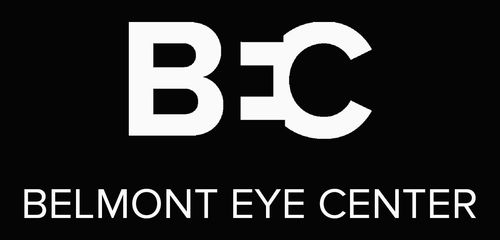In the realm of vision correction surgery, LASIK has long been celebrated for its ability to transform lives through the gift of improved sight. Among its various iterations, Alcohol-Assisted LASIK emerges as a fascinating subject due to its unique approach and the promising long-term benefits it offers. At Belmont Eye Center, our commitment to pioneering eye care solutions drives us to delve into the research and science behind these long-term advantages, shedding light on why Alcohol-Assisted LASIK might be the preferred choice for certain patients.
Understanding Alcohol-Assisted LASIK
Alcohol-Assisted LASIK, while similar in its ultimate goal to traditional LASIK, employs a nuanced technique for the preparation of the corneal surface. By applying a controlled concentration of alcohol to the corneal epithelium, the outermost layer of the cornea, surgeons can gently detach it, allowing for precise and effective reshaping of the corneal stroma beneath. This method, often linked to surface ablation techniques like PRK (Photorefractive Keratectomy), presents a viable alternative for patients who may not be ideal candidates for conventional LASIK.
The Science Behind the Success
The efficacy and safety of Alcohol-Assisted LASIK are grounded in meticulous research and ongoing scientific studies. The alcohol solution, typically around 20% ethanol, precisely loosens the epithelial cells without damaging the underlying stromal tissue. This precision facilitates a smoother surface for laser ablation, which is crucial for achieving optimal visual outcomes.
Long-Term Benefits: A Closer Look
- Enhanced Precision and Safety: By minimizing mechanical manipulation of the cornea, Alcohol-Assisted LASIK reduces the risk of complications associated with flap creation and repositioning, leading to a safer procedure with fewer long-term complications.
- Stability of Visual Acuity: Studies have shown that patients undergoing Alcohol-Assisted LASIK enjoy stable visual acuity over time. The meticulous preparation of the corneal surface contributes to consistent and predictable healing, ensuring long-lasting clarity of vision.
- Reduced Incidence of Dry Eye: Unlike traditional LASIK, which can exacerbate dry eye symptoms due to nerve disruption from flap creation, the surface ablation technique of Alcohol-Assisted LASIK is associated with a lower risk of post-operative dry eye syndrome, a significant benefit for patient comfort and eye health over time.
- Suitability for Thin Corneas: Patients with thinner corneas, who are often ineligible for conventional LASIK, may find a viable option in Alcohol-Assisted LASIK. The technique’s surface-oriented approach avoids the need for creating a deep corneal flap, preserving more corneal tissue and maintaining the structural integrity of the eye.
- Adaptability to Future Enhancements: The preservation of corneal structure not only contributes to the procedure’s safety profile but also ensures that patients have the option for future enhancements or corrective procedures if needed, offering peace of mind regarding their long-term vision care.
Belmont Eye Center: Pioneering Future-Forward Vision Solutions
At Belmont Eye Center, our dedication to integrating the latest advancements in eye care with personalized patient treatment plans sets us apart. The Alcohol-Assisted LASIK procedure exemplifies our commitment to providing cutting-edge solutions that cater to the diverse needs of our patients while prioritizing safety, comfort, and long-term outcomes.
Our team of experts is at the forefront of exploring and implementing innovative techniques that promise a brighter, clearer future for our patients. If you’re considering LASIK or wish to learn more about the long-term benefits of Alcohol-Assisted LASIK, we invite you to connect with us. Together, we can chart a course towards lasting visual freedom and enhanced quality of life.
